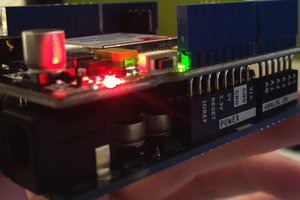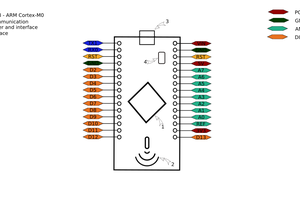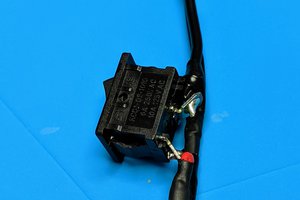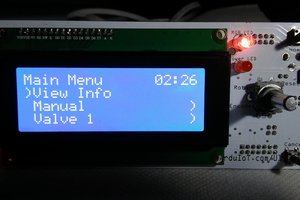What you need....
1. InvIoT U1 board from www.InvIoT.com
2. a FDTI232 USB to UART programmer or any other programmer
3. USB cable
4. latest verstion of arduino IDE
5. Library for U1. Download the latest library from U1 library. Online manual, more examples and help for all the functions that can be used in the library can be found here.
6. A 24v power supply
7. 4x water values
8. A step down from 24v to 12v, or a 12v power supply
9. 4x relay module
Load software on invIoT U1..
1. connect FTDI
2. install latest verstion of arduino IDE and the InvIoT library Download. Info on how to install can be found at InvIoT.com 'softare setup'. Manual for all the functions of the library, more examples, and help can also found.
3. on arduino IDE goto File->Examples->InvIoT->g.Applications->irrigation->Run first EEPROM upload
4. press upload and open the Serial terminal. This sketch uploads all the strings to the EEPROM. ATMEGA328 has a low memory size, and all the strings that are used will take up all the memory.
5. on arduino IDE goto File->Examples->InvIoT->g.Applications->irrigation->Program.
6. press upload to upload the final sketch to the InvIoT U1. You are done uploading the software. Work with the menu and test the pins D2,D3,D5,D6. Those are the 4 pins used for the 4 valves. Every module is different
Relay connection and Power connection
Connect your relays with the arduiot by using the pins D2 D3 D5 D6. Do not forget to connect the ground of the relays with the ground of the arduIoT U1.
On the switch side of the relay connect the valves and the 24v power supply. Google for more info how to connect a device to a relay.
Power up the InvIoT U1 with 12V. I use a step down module from 24v to 12v. That way I have only a 24v power supply.
For you to Add:
On the U1 there is a wifi ESP8266 plug, so you can update the software to work the menus over the internet.
Don't forget that there is also a nRF24 plug. So if the values are far away from the U1, you can send the signals for each valve wireless. You can use any arduino with an nRF24 module and a 4 relay module on the remote site.
 InvIoT Dimitri Synodinos
InvIoT Dimitri Synodinos
 Pat Hogan
Pat Hogan
 Euripedes
Euripedes

 Dimitri Synodinos
Dimitri Synodinos